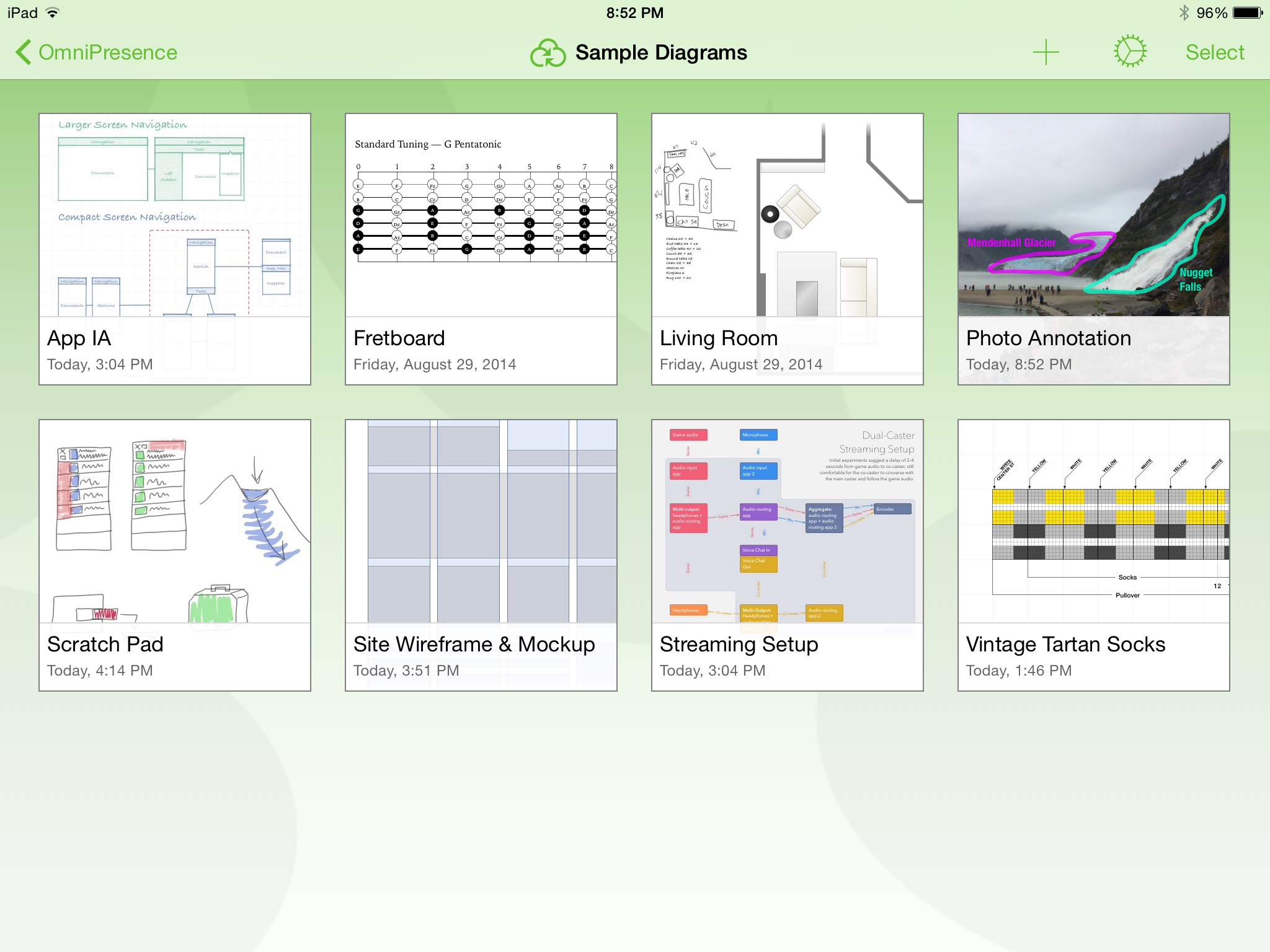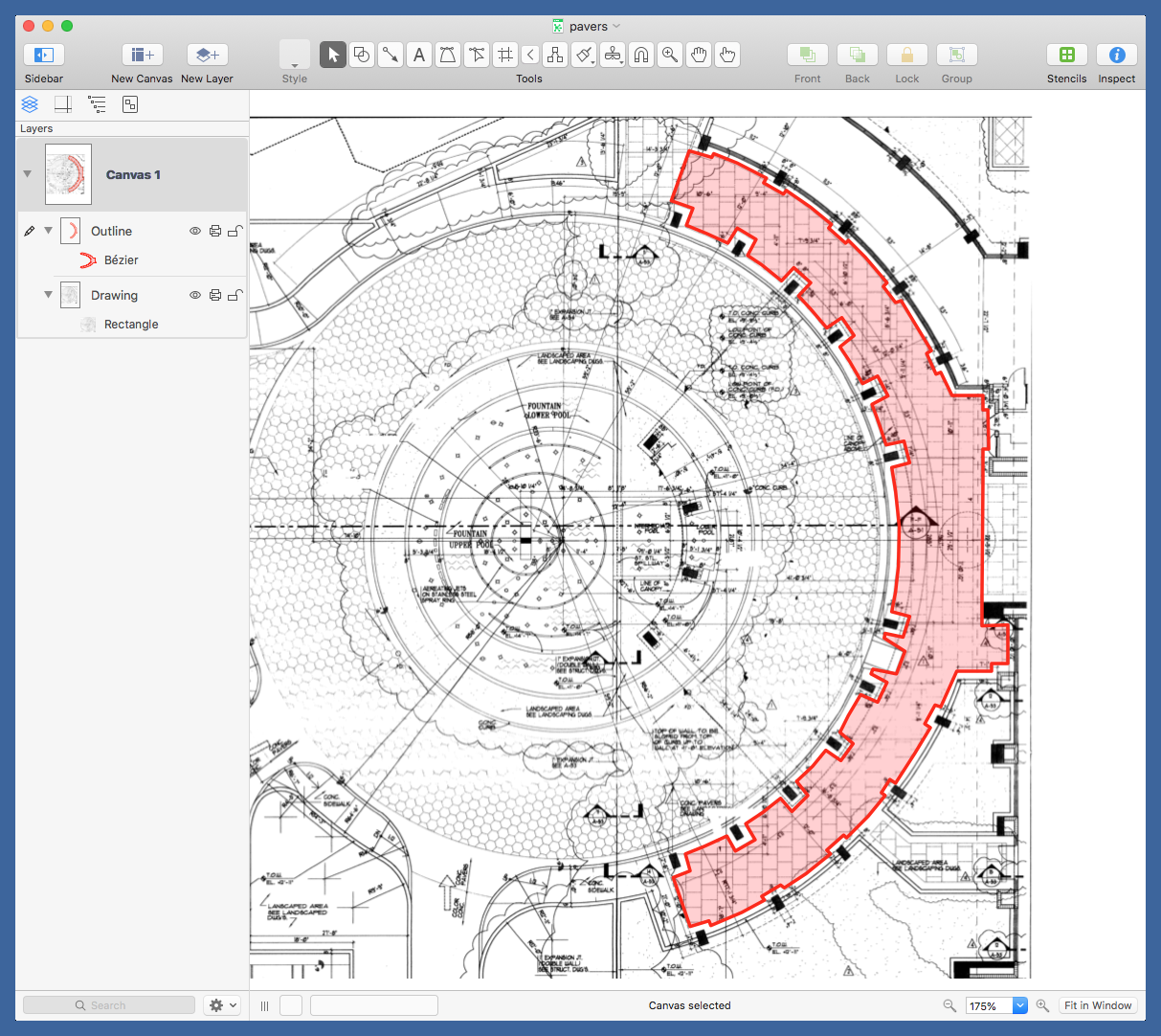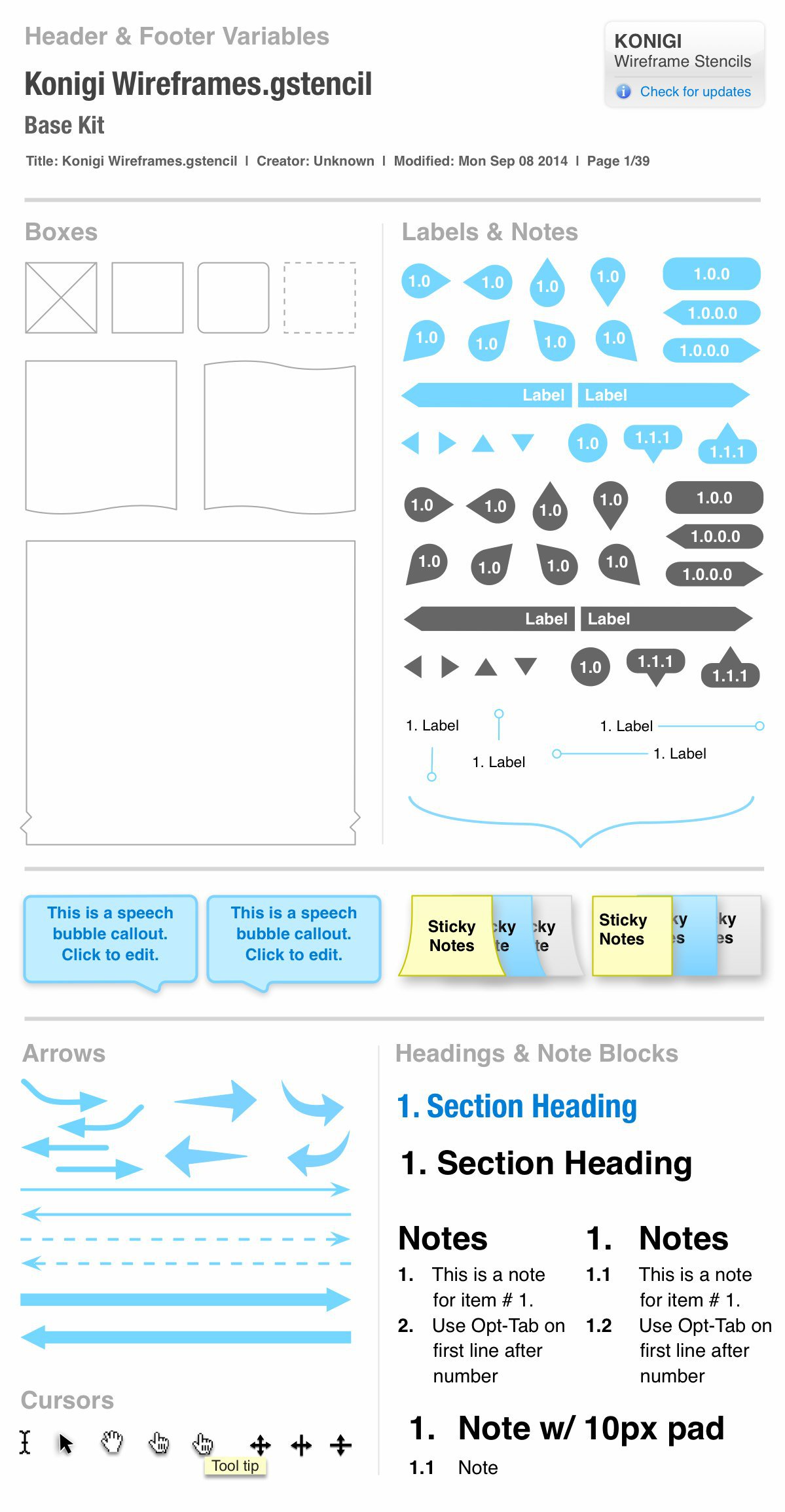

The OmniGraffle tools are organized around the main working area and the application’s workflow is fairly straightforward.

For example, you can start working on the map of a certain continent or you can design engineering circuits by using standard graphic elements. The OmniGraffle Stencils projects are intended to quickly provide access to artwork suitable for specific situations.
OMNIGRAFFLE PROFESSIONAL
Large collection of templates for a good starting point for professional looking diagrams Additionally, the app will also allow you to rapidly and effortlessly create your own templates. Moreover, OmniGraffle comes with an extensive collection of templates that you can personalize to match your own needs, or you can start a new document from scratch. id != canvases.OmniGraffle is a powerful and streamlined macOS diagram editor designed to help you organize your ideas and projects by creating professional looking charts and sketches. Note the conditional statement (line 3) that compares the value of the id property of the current canvas with the value of the id property of the top canvas, to ensure that the current canvas is not already the topmost canvas. In the following example, the current canvas is moved to the top of the stack of canvases. These instance methods take a direct parameter that is an object reference to canvas that the moved canvas is placed before or after. To change the stack position of a canvas, use the orderBefore() and orderAfter() methods. VersName = baseName + "-v" + String( counter)Ĭanvases can be reordered within the stack of canvases. Var action = new PlugIn.Action(function(selection, sender)) "description": "Selects the canvas chosen from menu of canvas names.", In scripting the “current canvas” can be derived with this script statement: In the image above, the current canvas is named “Canvas 3.” However, since scripts can’t “see” the application interface, they have to derive the current canvas by asking for the canvas object that is the value of the canvas property of the document window’s selection. Scripts need to know what is the “current canvas.” If a document has five canvases, your script cannot assume that the canvas currently being worked on by the user, is the topmost canvas. Many of your scripts will probably be designed to work with objects selected by the user.
OMNIGRAFFLE HOW TO
This section examines how to script canvases in OmniGraffle.ĭO THIS ► Install the Canvas Tools plug-in, a collection of actions for manipulating canvases in OmniGraffle.

The last canvas in the list of canvases, the one named “Canvas 4” is identified in JavaScript as canvasesĪlso, as an aide for precision, a canvas can display a grid that optionally may cause drawn or imported objects to snap to its lines.Ĭanvases in OmniGraffle are totally flexible in their implementation and abilities. In JavaScript, it would be identified as: canvases In the image below, the OmniGraffle document has four canvases, with the canvas named “Canvas 1” at the top of the list of canvases. In the document window’s sidebar (on the left), canvases are displayed as a list with the topmost canvas in the list having the lowest numeric position, which is the first cavas, but in JavaScript terms, has a 0 index. For example, an OmniGraffle document may contain a canvas that is 1600 points by 1200 points, a canvas that is 768 points by 1024 points, a canvas that is 400 points by 400 points, and even a canvas that adjusts its size to fit the objects drawn upon it. An OmniGraffle project (document) always contains at least one canvas and one layer.Īn OmniGraffle document can contain many canvases, of varying sizes and with a variety of properties and settings. The canvas is the big white area in the center of OmniGraffle’s interface where you draw and create things.


 0 kommentar(er)
0 kommentar(er)
